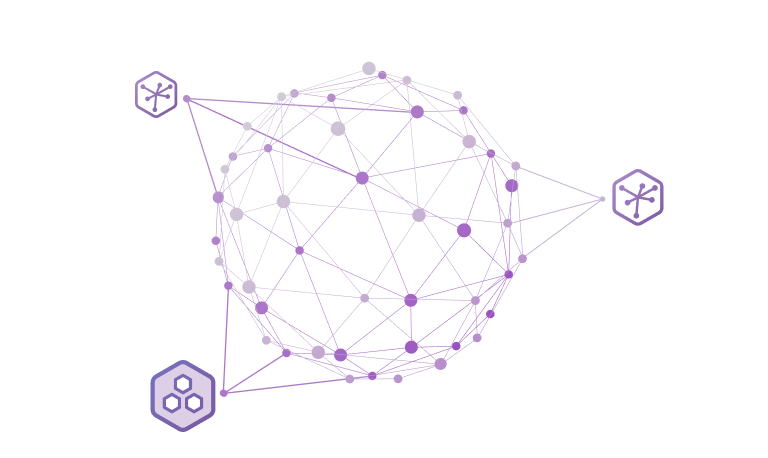Heroku is excited to announce the addition of a third availability zone (AZ) for our Private Spaces product offering. Three availability zones make Private Space apps more resilient to outages. We’ve prioritized this improvement as part of our focus on mission-critical features to make the Heroku Platform even more reliable. The changeover to three availability zones is fully managed by Heroku. Heroku handles all maintenance, upgrades, and management of Private Spaces, so our customers can focus on delivering value to their users without worrying about the underlying infrastructure.

What are availability zones and how does Heroku use them?
All AWS regions have multiple availability zones. An availability zone is an isolated location within a region. Each has its own redundant and separate power, networking, and connectivity to reduce the likelihood of multiple zones failing simultaneously. One or more physical data centers back each zone.
Previously, Heroku Private Spaces spread dynos over only two availability zones. When Private Spaces launched, many AWS regions only had two availability zones, so that was the lowest common denominator we settled on. All AWS regions now have three availability zones, and Heroku takes full advantage of that.
Why did we make this change?
In the case of an AWS availability zone issue, Heroku automatically rebalances your application’s dynos and associated data resources to an alternative zone to prevent downtime. In July 2022, AWS experienced an outage that ultimately impacted two availability zones, and some Heroku Private Spaces apps were degraded as a result. We added a third availability zone to ensure that Heroku Private Spaces apps can better withstand future infrastructure incidents and provide the best experience for our customers and their users.
What should I know about this change?
Now that the change has rolled out to all Private Spaces customers, there’s no action required and no additional costs to start utilizing the third availability zone. There are also no changes to the way you deploy apps in Private Spaces.
Prior to the addition of a third availability zone, Heroku published four stable outbound IP addresses for each space. Only two were used to connect your Private Space to the public internet, while the other two were held in reserve for product enhancements, such as the addition of a third availability zone. With the change to three availability zones, a third address is now used to allow outbound connections from your dyno in the third availability zone. We’re still holding the fourth address in reserve. You can see the stable outbound IPs in the Network tab on your Heroku Dashboard or with the CLI:
heroku spaces:info --space example-space
Conclusion
We’re committed to providing our customers with the best possible computing and data platform. The addition of a third availability zone is just one of the ways that we’re delivering on the promises outlined in the blog last summer. We believe a focus on mission-critical features is instrumental to helping our customers achieve greater business value and an increased return on investment from Heroku. You can read about it in this Total Economic Impact of Salesforce Heroku report.
If you have any feedback, feature requests, or suggestions, check out the Heroku public roadmap on GitHub to join the conversation about the future Heroku roadmap.
For more information about this change, see the Heroku Help site for details on Privates Spaces and Availability Zones.